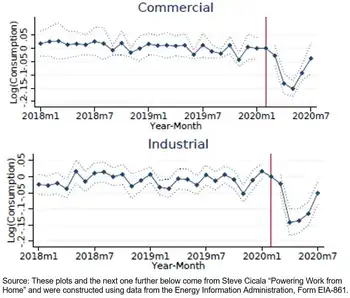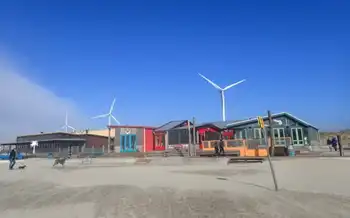New power plants brighten energy outlook
FOLSOM, CALIFORNIA - The California Independent System Operator Corporation ISO 2010 Summer Assessment indicates adequate electricity to meet this summerÂ’s expected peak demand thanks in part to the construction of new power plants.
By this summer, a total of 1,760 megawatts will have come on line since summer of 2009. More than 80 megawatts is renewable generation.
The chance for rotating power outages is less than one percent. As always, conditions can change quickly due to high air conditioning use during summer heat waves or wildfires near high-voltage lines affecting the flow of electricity.
Other factors contributing to the forecast include the recession, which continues to dampen CaliforniaÂ’s appetite for electricity. Although, a modest economic recovery is leading to a slightly higher demand forecast. The 2010 peak demand forecast is 47,139 megawatts, 2.9 percent above last summerÂ’s peak of 45,809 megawatts, but well below the all-time record peak demand of 50,270 megawatts set in July, 2006.
The summer assessment includes 2,403 megawatts a 15 percent increase in various demand response programs that can reduce energy demand when called on. Consumers should also listen for “Flex Alerts” that will notify them if voluntary conservation becomes necessary.
The average snow water content is 150 percent of historical average, good news for hydro-electricity supplies. However, the same El Niño weather pattern that gave California a wet year produced below normal precipitation in the Pacific Northwest. That will reduce overall imports from the region although there should be enough power available at key times to help meet California’s peak demand.
Related News

'That can keep you up at night': Lessons for Canada from Europe's power crisis
TORONTO - Europe is currently suffering the consequences of an uncoordinated rush to carbon-free electricity that experts warn could hit Canada as well unless urgent action is taken.
Power prices in Germany, for example, hit a record 91 euros ($135 CAD) per megawatt-hour earlier this month. That is more than triple what electricity costs in Ontario, even during periods of peak demand.
Experts blame the price spikes in large part on a chaotic transition to a specific set of renewable electricity sources - wind and solar - at the expense of other carbon-free supplies such as nuclear power. Germany, Europe’s largest economy,…




